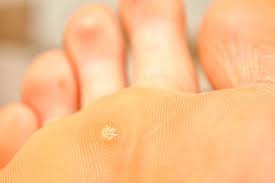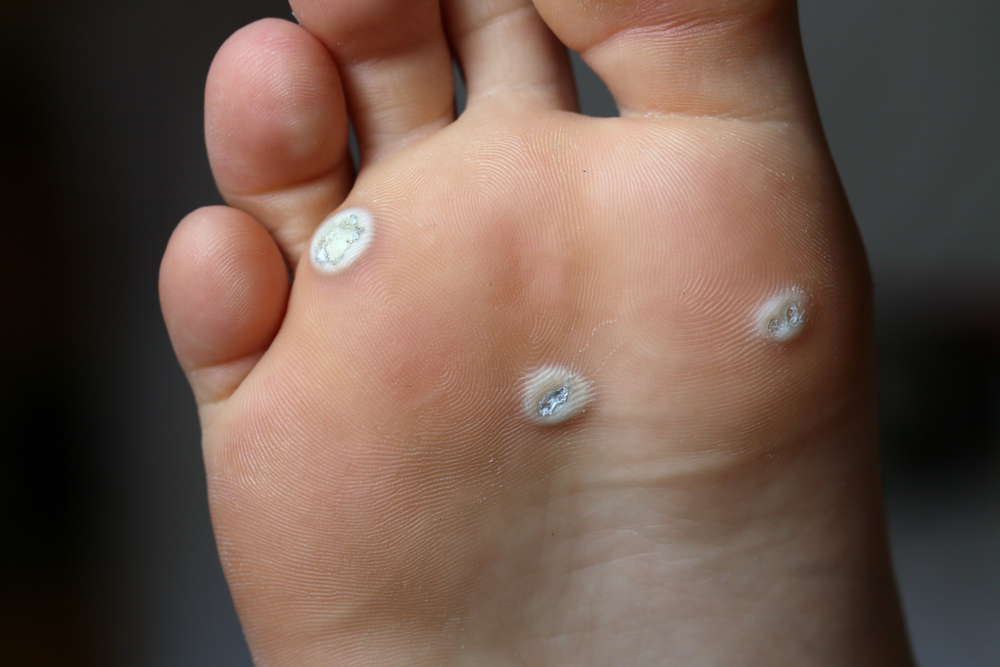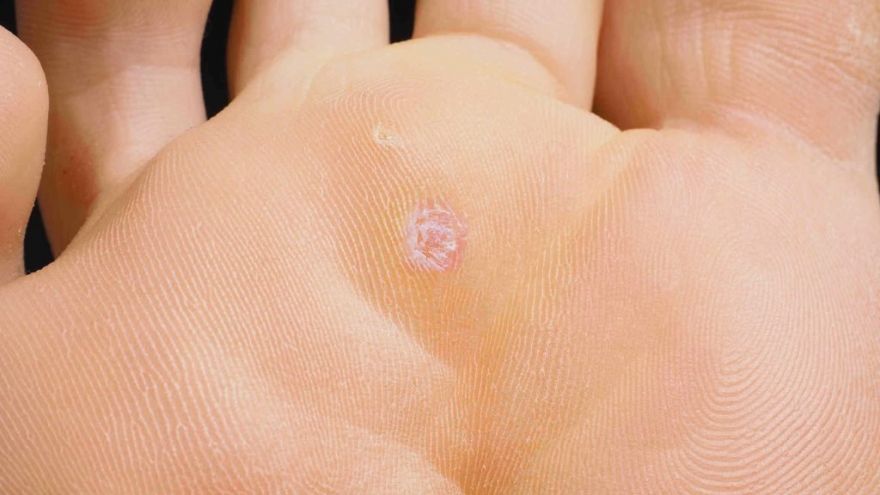How to Get Rid of Plantar Warts
While callus or a thick layer of skin is normal on the parts of the feet that bear the most pressure or weight, sometimes viruses can take advantage of these spots and cause plantar warts. Although the human papillomavirus that causes plantar warts or Verruca plantaris cannot cause life-threatening symptoms, they can be unsightly and cause discomfort for the person.

Talk to a Doctor About the Warts
Look for the following signs before consulting a doctor: rough and granny lesion on your foot, especially the forefeet, heels, and the base of the toes; thick callus or spot on the skin with a wart growing inward; lesions that were not normal parts of the ridges of the bottom of the feet; slight pain and tenderness on the foot; and black dots. The black dots are blood vessels on your feet that have clotted and are called wart seeds. There shouldn’t be any pain on the lesions, but you need to see a doctor immediately if it bleeds and there are noticeable changes in the affected areas. If you have diabetes, you should not ignore the symptoms because they can lead to other complications.

Follow the Treatment Procedure
Plantar warts should disappear after a while even without treatment, but if they cause pain or discomfort, you should seek treatment as soon as possible. You should not try to pick at or scratch the warts to avoid causing complications or spreading the virus. The doctor will tell you to keep your feet dry and clean all the time and to use only clean socks and shoes. The doctor might also trim the warts and dress it until the condition improves. Topical creams or oral medication might also be prescribed depending on the diagnosis. If the warts do not disappear after weeks of treatment, however, the doctor will use other methods to remove them, such as freezing the warts with liquid nitrogen, excising the warts, and laser therapy. Mosaic warts, or clustered warts, for example are more difficult to treat that single warts. In some cases, a biopsy may be required if the doctor suspects that the warts is caused by another condition.

Prevent Transmission of the Virus
The name of the virus might alarm you, but don’t worry, because it is just one of the hundreds of harmless types of HPV that are very common among people. It’s the same virus that causes warts in other parts of the body. It’s not contagious, which means that it cannot be transmitted through direct contact, but you need to keep your environment clean and dry all the time because they thrive in moist and warm locations. Some people are resistant to the virus, but other individuals are more vulnerable if they have weak immune systems, have had plantar warts in the past, or is constantly exposed to the virus because of unhygienic habits. You should never try to remove the warts yourself and be careful when grooming your nails or when filing the warts.
